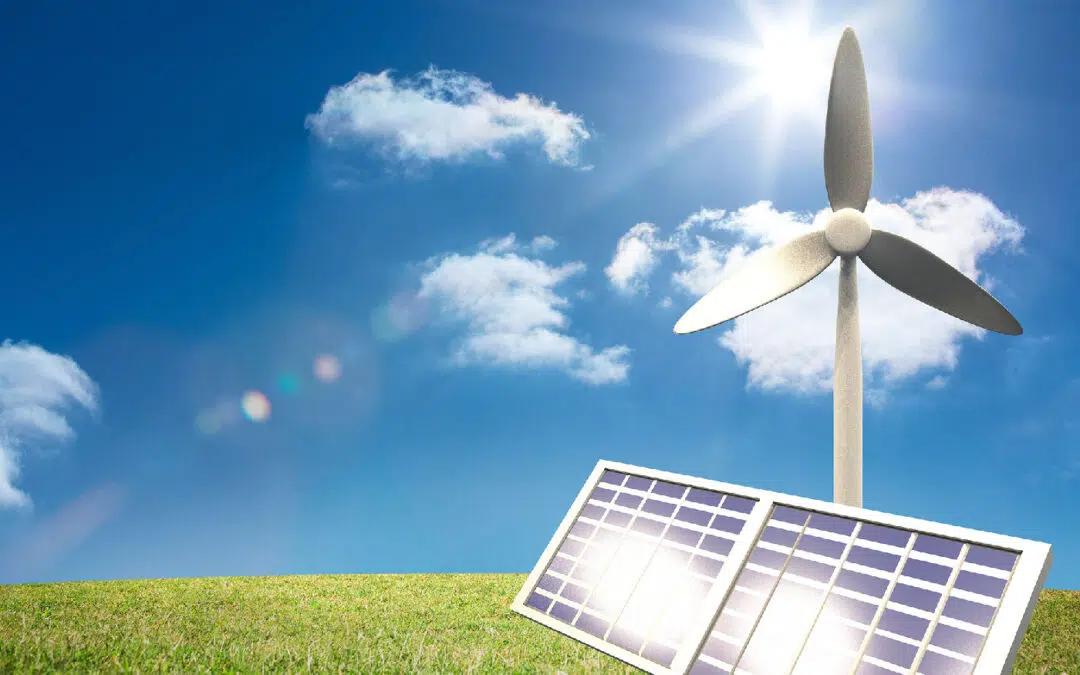Introduction
Wired sensors connected to control systems via industrial communication protocols like HART or even a simple 4–20 mA loop take up the required energy supplied over the cabling. It is estimated that wiring takes up majority of the total sensor installation cost.
On the other hand, wireless sensors used for industrial control and automation offer the possibility to reduce overall installation cost as well as reduce the effort required to install the sensor. However, sustainability is an inherent problem when it comes to use of wireless sensors. This is because of the need of a battery on each wireless sensor node and battery replacement can be a costly and time-consuming affair. Many industrial OEMs and end users are willing to explore the benefits of wireless sensors but are concerned with the battery-related cost and maintenance they have to incur when there are thousands of the sensors deployed across their plants.
To counter this problem, energy harvested from ambient energy sources such as air, RF, mechanical, heat and vibration, has been proposed as a sustainable solution for supplying energy to wireless sensor devices.
Sensors used in the plants have to record crucial measurements and perform other key functions, but energy is not always in full supply. While the active power consumption of the sensors is comparatively less, sending a message about something as simple as on-chip temperature measurement requires a lot of energy. For large scale activities even a battery with an industrial grade LiSOCl2 primary cell will not be optimal. Mesh networking, another key factor that increases the transmissions between the devices, increases the active power consumption of a device proportionally to any additional transmission.
This is where ambient energy like light, vibration, heat, encompassing mechanic or kinetic energy can be converted for generating power. This conversion of energy that is usually not in the conventional form to power a sensor is referred to as energy harvesting or energy scavenging. Energy harvesting can help to effectively deliver power to a sensor network without relying on power cables. There are many energy harvesting sensor technologies in industrial automation.
Feasibility of Energy Harvesting in Industrial Automation
“Harvesting” energy from sunlight via solar cells or photovoltaic systems has long been part of industrial offerings. Examples include totalizers used by oil and gas field and flow meters used by water industry. Vibration energy on the other hand is harvested when electrical motors interact with the process, which in turn leads to energy harvesting. For example, if the speed of the motor of a pump is fixed, then vibration harvesters can be adjusted and fitted accordingly to harvest the vibration energy. This stored energy enables the motors run at the configured constant speed.
Harvesting energy from the temperature difference of process and the ambient air using thermo-electric generators (TEGs) is another popular technique. The TEGs convert the temperature difference between a cold side and a hot side to electrical energy. Micro TEGs and regular TEGs that are readily available in the market can easily power small sensor boards. Adaption of TEGs for industrial requirements still remains a major challenge as they will not be generating energy at certain points such as when the systems cool down.
How to Use Energy Harvesting in Industrial Automation?
Wireless sensor networks require low power compared to their wired equivalents, but while transmitting data or for any other peak hour activities, power via energy harvesting can be of additional help. Energy-harvesting technologies remove the hurdles associated with battery-backed sensor nodes. Each sensor node on the wireless network has an energy-harvesting unit, energy storage unit, and sensors. The energy-harvesting systems also store the energy which is generated, and this can be later be used when the energy source is passive. This way industries can save more on cost when the sensors are powered through energy harnessing/harvesting from machinery and other systems. There has been a wide set deployment of energy harvester devices in factories and plant networks for the following reasons:
- Readily available energy sources such as thermal, solar, flow, vibration, and even radio frequency (RF)
- Capture and store ambient energy
- Replace/augment battery power
- Advanced piezoelectric-based devices moving from microwatts to double-digit milliwatts
- Improve operational and energy efficiency
Conclusion
Energy harvesting is offering promising solutions for industrial automation use cases. To reduce power needs, Utthunga’s wireless systems designers are working toward lowering the power requirements of wireless systems. This will make energy harvesting even more sustainable. With Utthunga’s services you can implement a self-sufficient wireless sensor network.
For more details visit of our sensors offering page.

